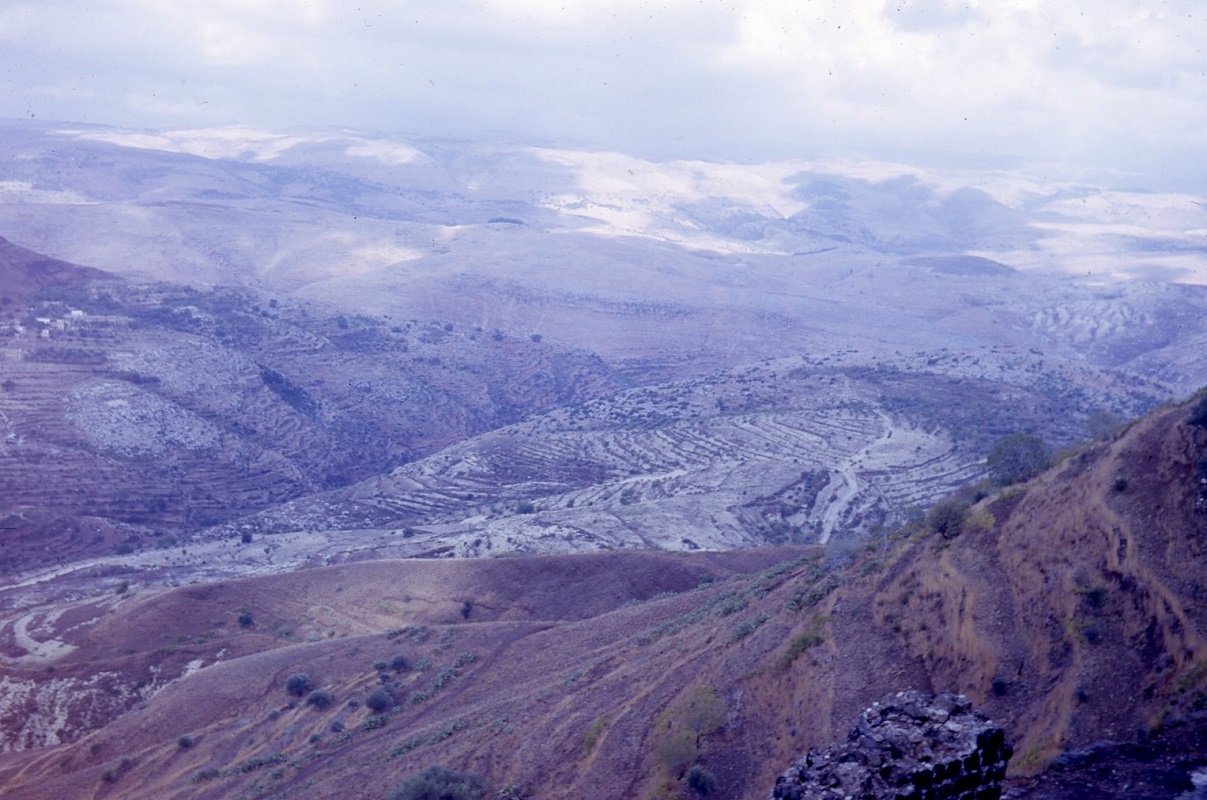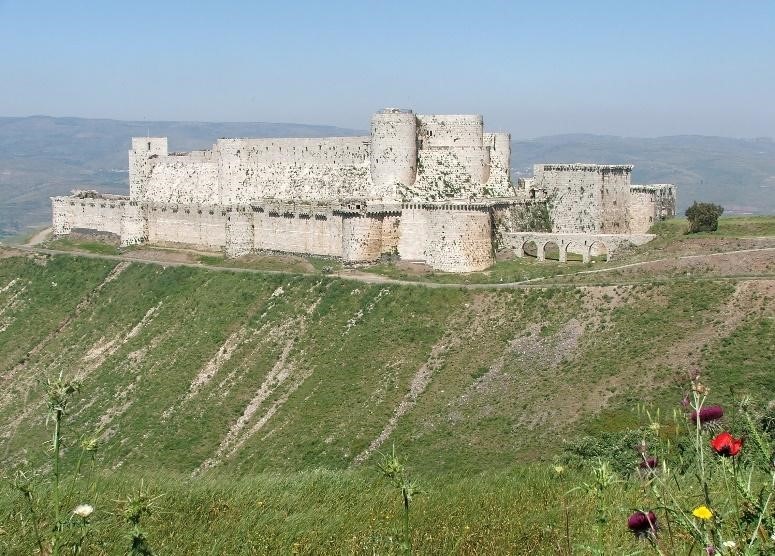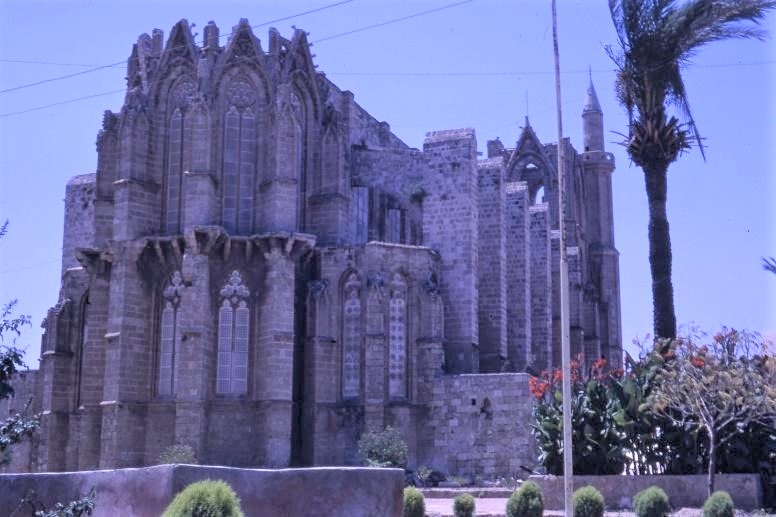Jonathan Riley-Smith Crusades Collection
The personal library of Jonathan Riley-Smith, a prominent historian of the Crusades, contains books, but also slides of historic sites in the Middle East, personal papers, recordings, and photographs.
Access
The books in the Jonathan Riley-Smith Crusades Collection can circulate, with a few exceptions due to the rarity and fragility of some volumes. They are held in room 224 in Kresge Library. Access is available by request at the circulation desk during the library’s open hours. They can also be requested via inter-library loan.
Other materials are housed in the University Archives and Special Collections (see finding aid). Access is available upon request and by appointment only.Schedule a Visit to the University Archives and Special Collections
History of the collection
The Riley-Smith Crusades collection was purchased by Oakland University from the executor of the will of Jonathan Riley-Smith in April 2017.

Jonathan Riley-Smith during his days as a doctoral student at Trinity College
Jonathan Riley-Smith
Jonathan Riley-Smith (1938-2016) was the foremost scholar of the Crusades. He was educated at Eton College and Trinity College Cambridge. He received a BA (1960), MA (1964), PhD (1964) and LittD (2001) from Cambridge. His first lecturing post was at the University of St Andrews (1964-72). He was then director of studies in history at Queens’ College, Cambridge (1972-78), professor of history at Royal Holloway, University of London (1978-94) before returning to Cambridge as the Dixie professor of ecclesiastical history, at Emmanuel College (1994-2005).
His research focused especially on the definition of the crusade, the crusaders’ motives, and the establishment and rule of Europeans in the Holy Land. He was an authority on the history of the Military Orders, especially the Knights of Saint John. He published many books, both academic monographs and works of general interest. His 1977 book, 'What were the Crusades?' has proved very influential and has been through four editions. He was also the editor of The Atlas of the Crusades (1991) and The Oxford Illustrated History of the Crusades (1995). He was a co-founder (1980), and later president (1987-1995), of the Society for the History of the Crusades and the Latin East and supervised over 30 doctoral students. He was married to Louise Field and had three children.
Scope of the Collection
The collection consists of close to 1,000 books and publications, some 5,810 slides, 200 prints, thousands of digital images, 9 microfilms, 7 cassette tapes, and about one linear foot of personal papers.
960 slides were taken by Riley-Smith himself during his travels through the Mediterranean world. Photos range from 1962 to 2008. They document religious and historical sites but also illustrate Riley-Smith’s urban exploration of lesser known places and the lives of ordinary people.
The collection is particularly strong for the study of crusade orders, trade, and commerce in the Middle East, especially through Medieval architecture and art. Archaeological sites are also documented. Countries covered include Turkey, Israel/Palestine, Cyprus, Syria and Lebanon.
Highlights from the slide collection

Atop a volcanic peak a mile inland from the Mediterranean Sea, the Knights Hospitaller kept watch over the crucial road from Tripoli to Latakia from the commanding perch of Margat Castle. This picture is taken from one of Margat’s curtain walls, giving us the same view that Hospitaller sentries had centuries ago.

Krak des Chevaliers is one of the most impressive fortresses in the Middle East and possibly the world. Expanded by the Knights Hospitaller to protect pilgrims and control the mountain pass trade routes between Tripoli and Homs, the castle was one of the most well-defended in the Latin East. As a result of the ongoing Syrian Civil War, Krak des Chevaliers was hit by an artillery strike in 2014 and the damage is still uncertain. Nearly a millennium later, Krak des Chevaliers continues to play a role in Syrian warfare.

Formerly known as the Cathedral of Saint Nicholas, the Lala Mustafa Pascha Mosque in Famagusta, Cyprus is one of the finest examples of the Rayonnant style of Gothic architecture. This style of architecture is rare outside of France and is representative of the influence French culture had on Cyprus during the Lusignan dynasty’s reign in the country. The mosque’s new name comes from the Ottoman general who captured Cyprus from the Venetians in 1571, infamous for his brutal torture of the surrendered Italian garrison.
----------
Research and original writing by Nicolas Chretien and Thomas Pawlyn, history interns, Summer 2018; edited by Dominique Daniel.




